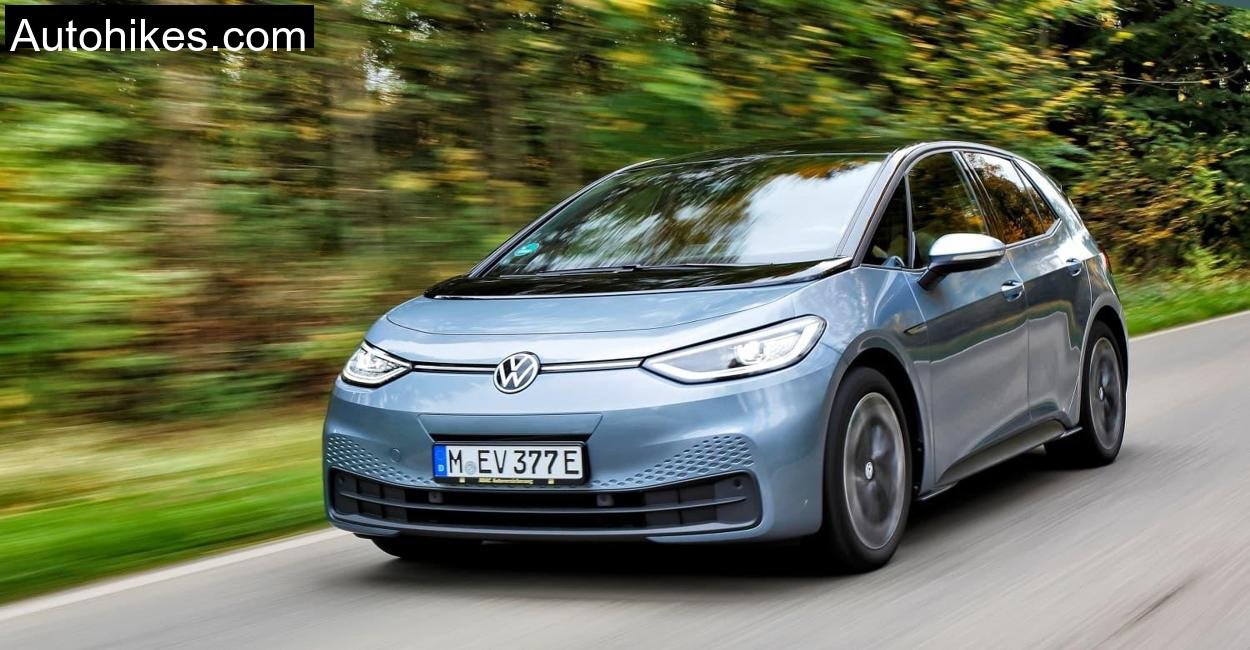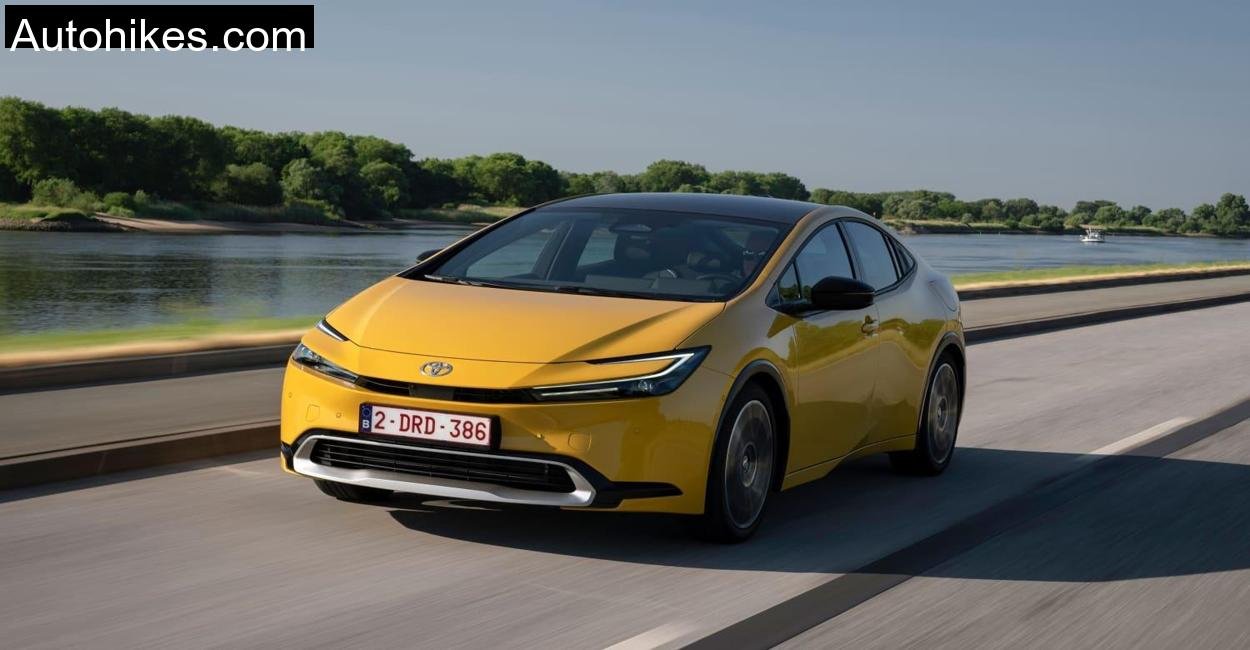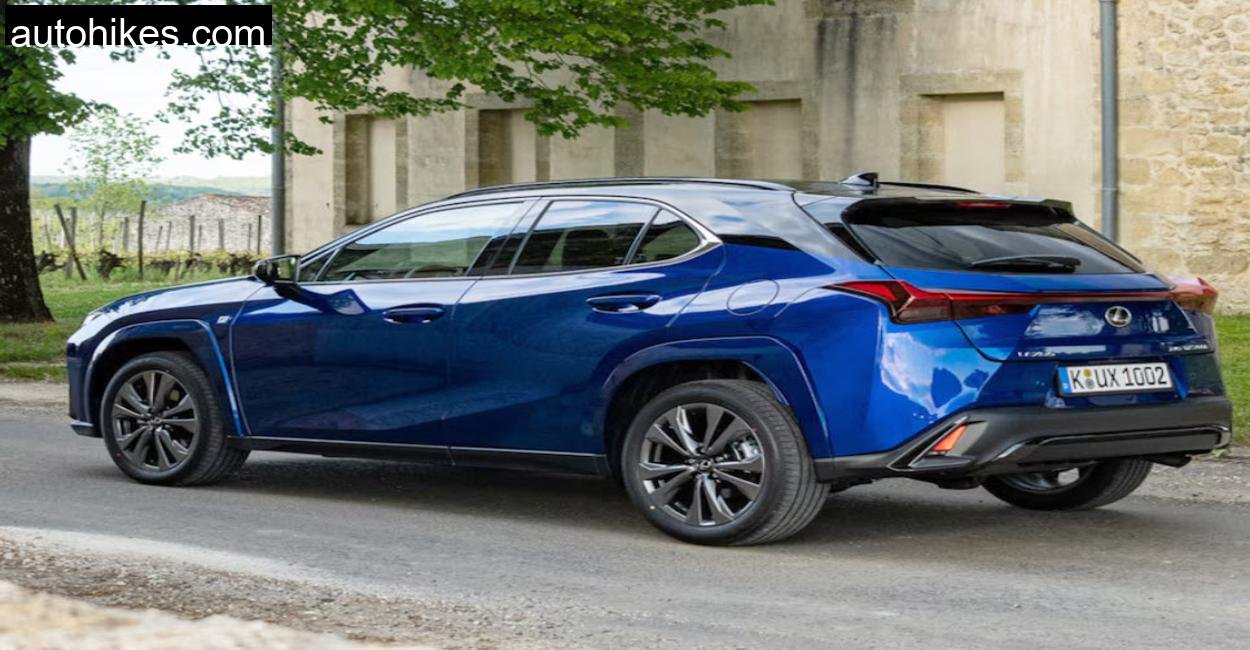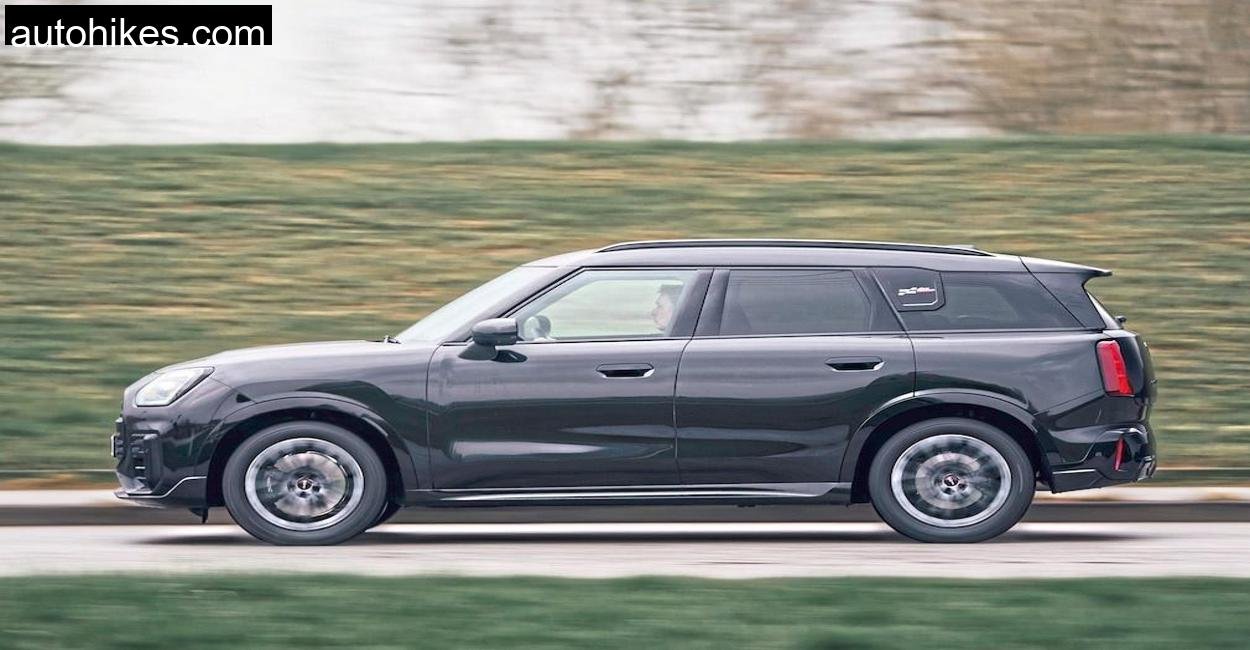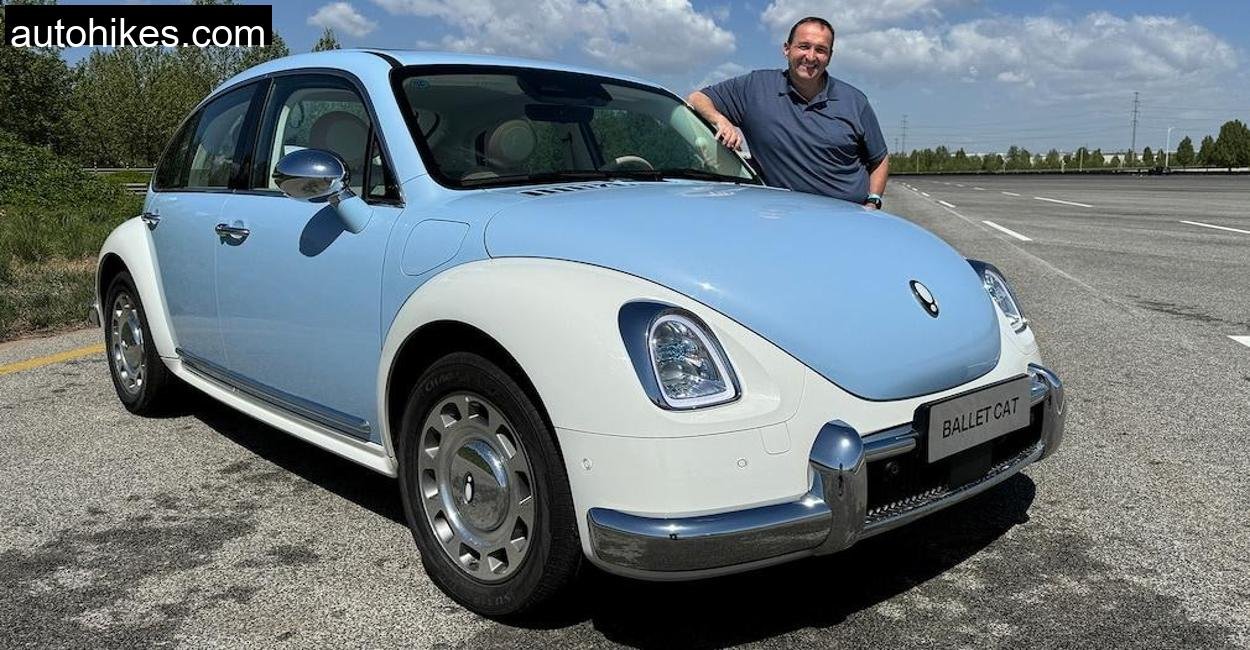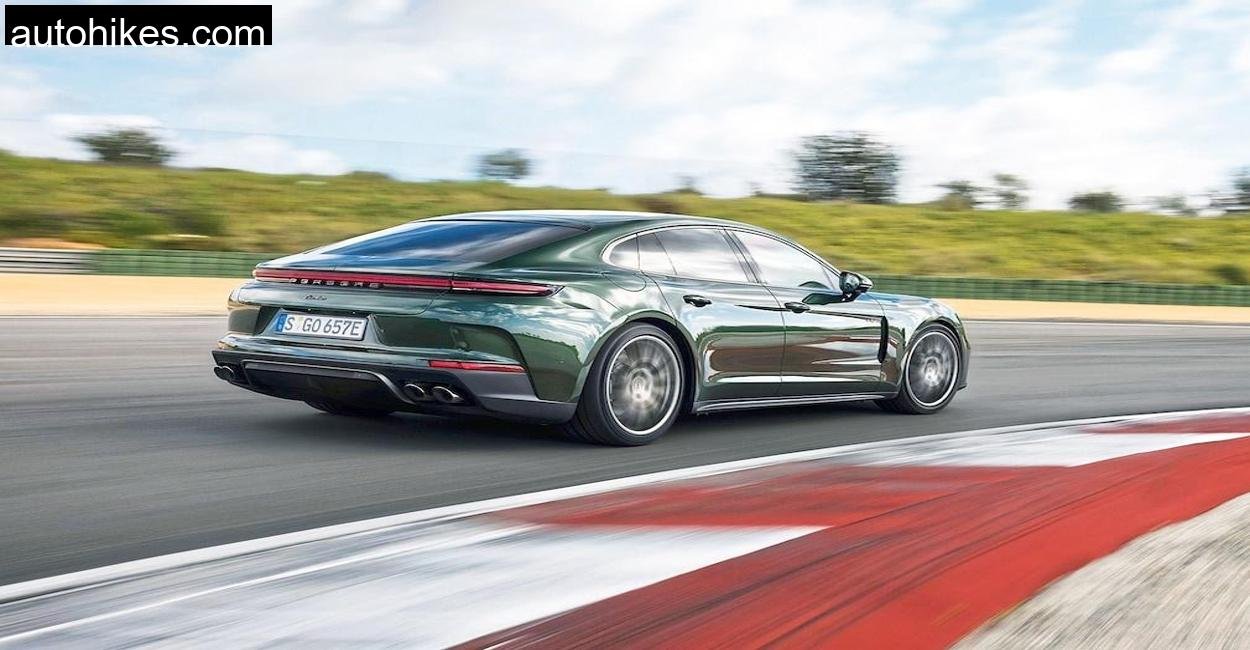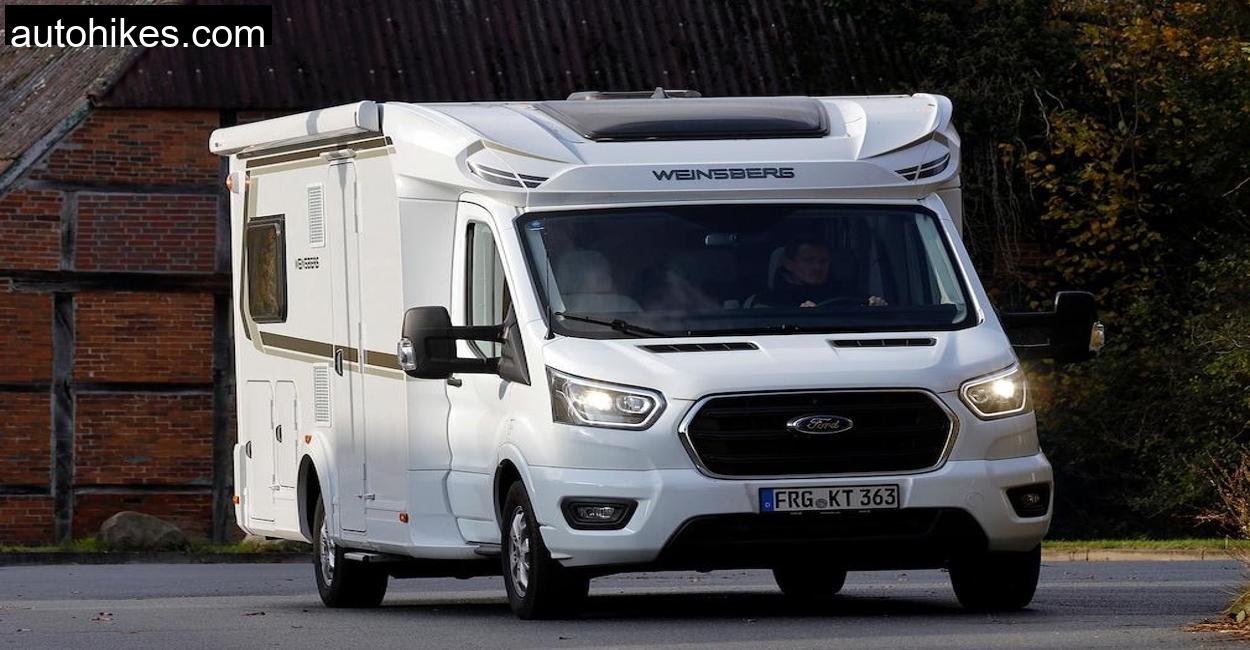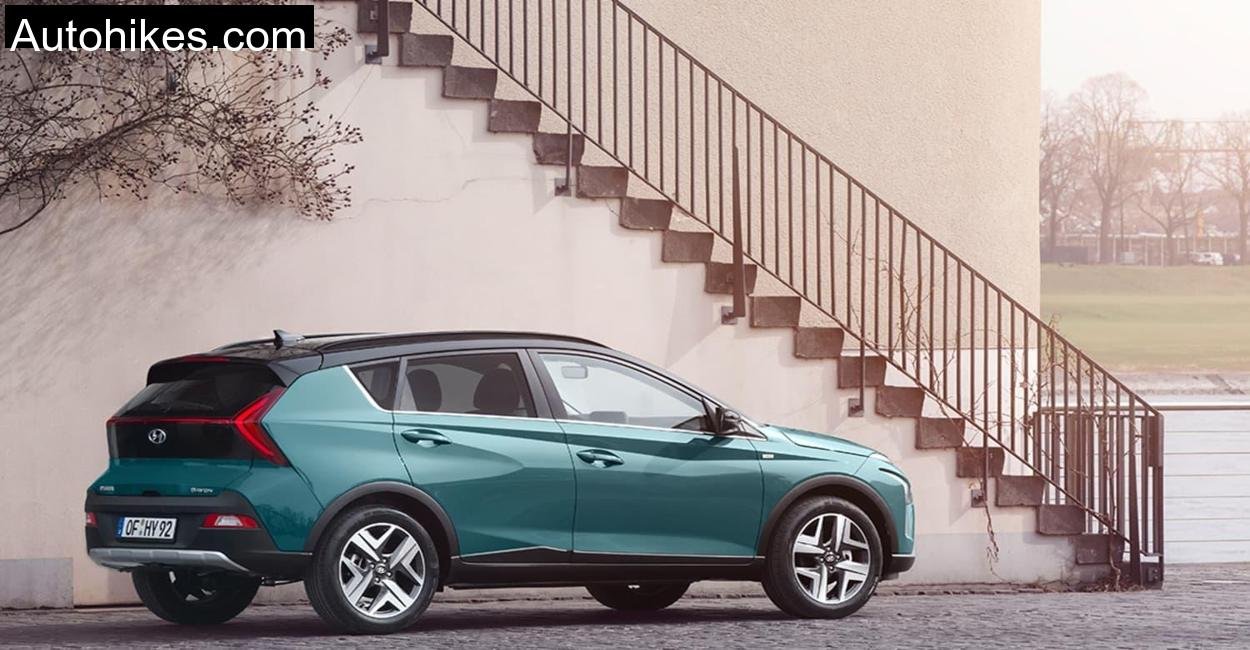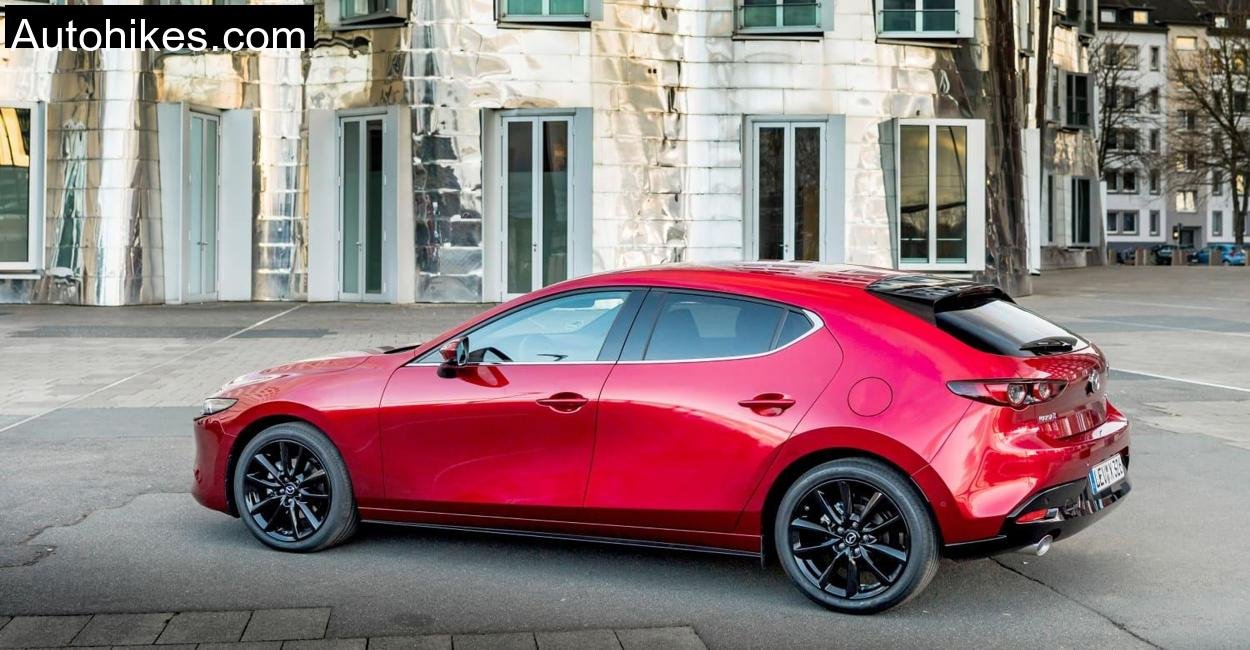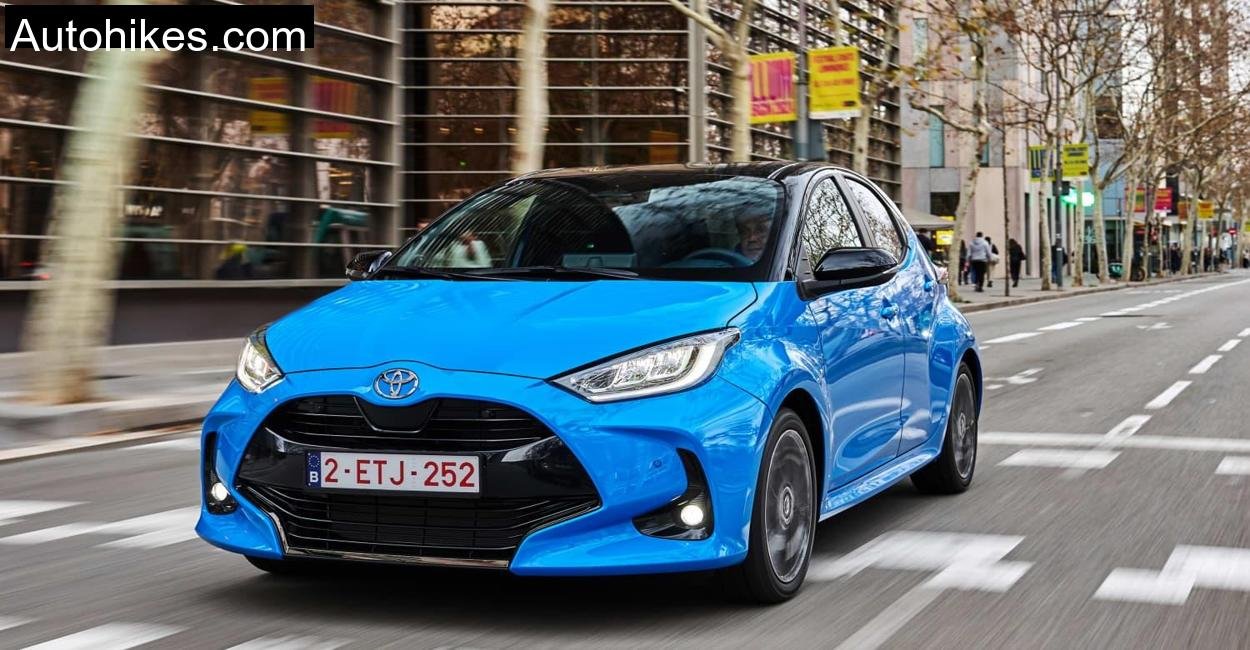I still remember the early morning mist hanging low over the winding roads of Hellberge, Germany, a place where hills roll endlessly, and drivers find both challenge and delight in the terrain. It was here that I got behind the wheel of the VW ID.3 Pro S, a car that for the past 100,000 kilometers had been the ADAC’s enduring long-distance companion. As I climbed into the cockpit, I felt both excitement and skepticism. Could an electric hatchback born from the legacy of the Golf really handle this terrain and long-term usage? This wasn’t just another EV test. This was personal.
The ID.3 is Volkswagen’s first all-electric car built from the ground up on the MEB platform, not adapted from an existing combustion vehicle. It was designed to be VW’s electric future, and Hellberge was to be its proving ground.
The Machine: VW ID.3 Pro S Technical Overview
For trustworthy specifications, we use only information published by VW itself.
| Specification | Detail |
|---|---|
| Model | VW ID.3 Pro S (Tour Trim) |
| Motor | Electric (Rear-wheel drive) |
| Max Power | 150 kW (204 PS) |
| Max Torque | 310 Nm |
| 0-100 km/h | 7.9 seconds |
| Top Speed | 160 km/h |
| Battery Capacity (Gross) | 82 kWh |
| Battery Capacity (Net) | 77 kWh |
| WLTP Range | 525 km |
| Real-world Range | 300–400 km |
| AC Charging | 11 kW |
| DC Fast Charging | Up to 160 kW (post-update) |
| Boot Space | 385 L (normal), 1267 L (seats folded) |
| Weight | 1934 kg |
| Price | €48,550 (Tour trim during test period) |
Smooth, Quiet, and Surprisingly Agile
The first few kilometers through the village roads of Hellberge were almost surreal. The ID.3 glided silently, the electric hum barely audible even with the windows down. It’s not just quiet; it’s composed. I was immediately taken aback by the smoothness of the drive. The rear-wheel-drive layout, uncommon for hatchbacks, offered a balance and driving enjoyment that reminded me more of BMWs than Volkswagens.
Acceleration was brisk. Even with its nearly two-ton weight, the ID.3 launched off the line with confidence. The 310 Nm of torque came in instantly, making overtakes quick and effortless. The 7.9 seconds to 100 km/h didn’t feel blazing fast on paper, but in the real world, especially on winding roads, it was more than enough.
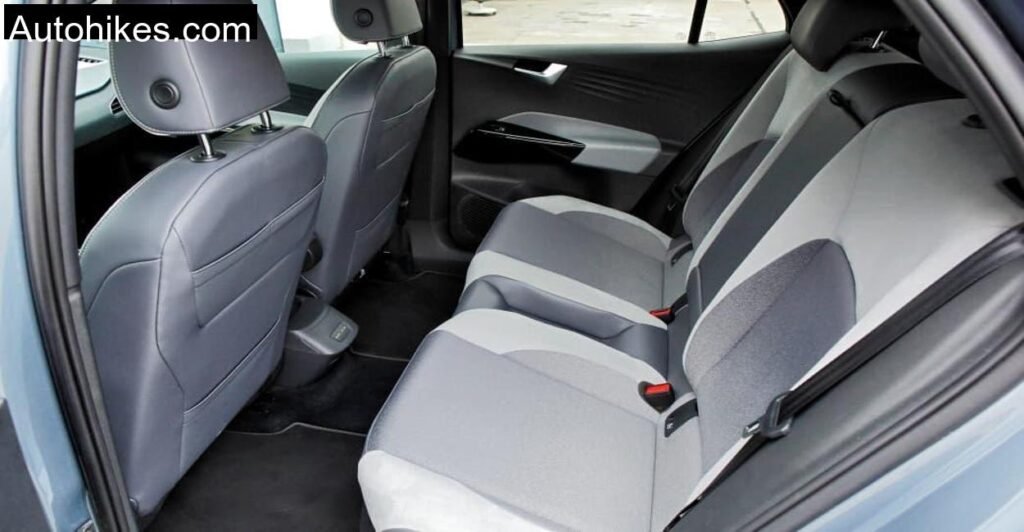
Comfort and Ride: Built for More than the City
What really stood out on the longer drives was the comfort. The ID.3 Tour trim came with well-contoured seats that offered just the right amount of firmness for long-distance travel. During our 300 km round-trip to the Rettenbach Glacier in Austria, I never once felt the need to stretch or adjust. Even more impressive was how stable and composed the car remained at autobahn speeds.
The adaptive cruise control with Travel Assist kept the car centered in its lane and maintained safe distances effortlessly. The Matrix LED headlights turned night into day on the winding alpine roads, a feature I found indispensable.
Hellberge’s tight corners and narrow lanes also exposed the ID.3’s tight turning radius. Maneuvering through small towns and parking in tight spots was a breeze. This is a compact car with big ideas.
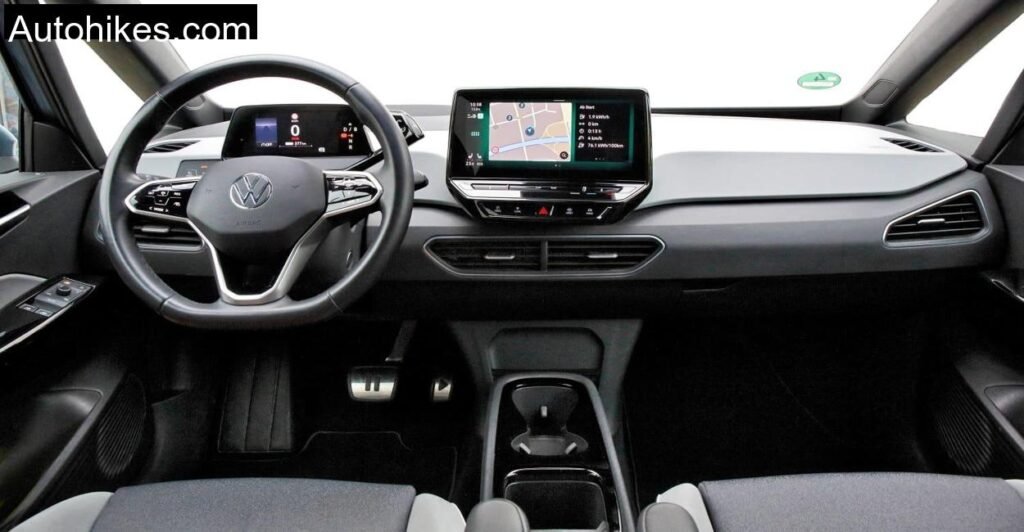
Range and Charging: The Real Numbers
Before the software update, the ID.3 maxed out at around 125 kW at DC fast chargers. Not bad, but not class-leading. After the update, I personally witnessed it hit over 160 kW at a 250 kW charger. From 10% to 80% took just about 30 minutes. That’s coffee-and-sandwich time, not a full lunch break.
During my time, I managed a real-world highway range of around 400 km in fair weather. In the winter, however, that figure dropped to about 300–320 km. On a particularly frigid morning, with the temperature at -9°C, I drove from the Bavarian foothills up to Sölden and back on a single charge. The elevation gain and cold were no match for the ID.3’s smart energy management.
The average consumption over the full test life was 23 kWh/100 km including charging losses, but I often clocked in as low as 13 kWh/100 km on warm days with light urban driving.
Software and Infotainment: Still a Work in Progress
This is where the ID.3 stumbles. The infotainment system, though visually sleek, is laggy. I often found myself tapping the screen multiple times before it responded. The touch sliders for volume and temperature are unlit and hard to use, especially at night. The steering wheel’s haptic buttons are another sore spot, pretty to look at, annoying to use.
The infotainment system also takes its sweet time to boot up, and every time you start the car, you have to acknowledge a disclaimer. Yes, every single time. It’s a minor but persistent annoyance.
Connectivity-wise, Apple CarPlay and Android Auto are present, but Apple’s interface tends to override others even when not in use. The VW Connect App allowed me to precondition the car and set charging schedules, but lacked detailed trip data or energy usage logs.
Long-Term Durability: More Than Just Software
After 100,000 kilometers, the ID.3 had only seen one official maintenance service, which came in at around 74,000 km. That’s a significant cost-saving over ICE vehicles. However, a few issues did crop up. A cracked windshield (likely from a stone chip) and a faulty right rear drive shaft both necessitated repairs. The latter was replaced under warranty, though it took two attempts.
More importantly, the battery health remained exceptional. According to both VW and third-party Aviloo tests, the battery retained over 93% of its capacity, a stellar result. VW promises at least 70% capacity over 160,000 km, so it’s well ahead of that curve.
Real-Life Limitations: What the Brochure Doesn’t Tell You
Despite its strengths, the ID.3 does have shortcomings. There’s no roof load or towing capacity. That means no ski boxes or utility trailers, which might be a dealbreaker for families or outdoor enthusiasts. The infotainment lags and touch controls are frustrating. And the initial rollout of software updates was clumsy, requiring dealership visits instead of OTA updates.
Conclusion: A Worthy Contender with Character
After spending days in Hellberge and weeks living with the ID.3, I can confidently say that it’s more than just a Golf replacement. It’s an EV with personality, strengths, weaknesses, and a soul. It drives beautifully, sips electrons efficiently, and holds up remarkably well under stress. The software quirks are real, but not deal-breaking. The battery’s performance and the car’s longevity more than make up for it.
The VW ID.3 may not be perfect, but it’s a strong indication that VW has the chops to compete in the EV world, not just on paper, but in the real world, one kilometer at a time.
How long does it take to charge the ID.3 from 10% to 80%?
After the software update, it takes around 30 minutes at a fast DC charger.
How often does the ID.3 need servicing?
Only every two years, regardless of mileage.
Is the ID.3 fun to drive?
Absolutely. The RWD layout, tight steering, and responsive acceleration make it enjoyable on both city streets and twisty roads.
